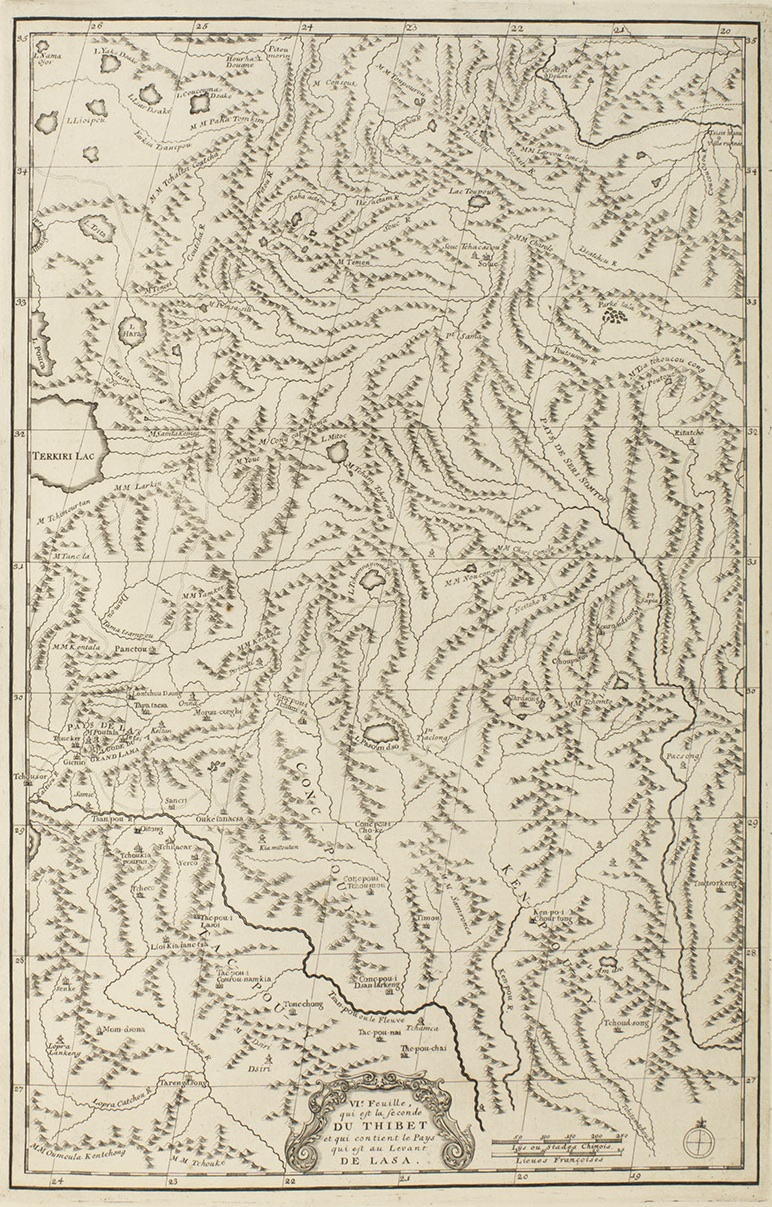Lhasa/ Tibet


The rigors of the sea voyage from Lisbon to Macau resulted in much loss of life, costing the Jesuit China mission many men. Given the amount of time that had been spent in training these missionaries in Western science and humanist learning, these deaths were even more significant. Consequently, over a long period of time, Jesuits sought a land-route to China that would alleviate this problem and bring the Jesuit works in India and China even closer.
To this end, a number of Jesuits set out on expeditions from Goa, first to Agra and then hopefully points further east. This meant travelling over the difficult landscape of central Asia, and this too posed its own problems. One of these Jesuits, the Brother Bento de Goes (1562-1607), travelled via modern day Afghanistan and Kashgar. His notes proved the basis for Ricci’s clearing-up of a long held European misconception, that China and Cathay were different countries. Goes’ journey, which ended in Suzhou, Gansu in western China, fell short of providing a safe alternative to the sea routes.
Another two Jesuits – the Portuguese priest Antonio de Andrade (1580 and 1634) and a brother Manuel Marques, set out from Goa to Agra, but then went to Delhi where they managed to join a convoy of Hindu pilgrims who were heading to the Hindu shrine at Badrinath, inmodern Uttarkhand. From there, after much difficulty, Andrade managed to cross the Himalayas at the Mana Pass and became the first European to travel to Tibet, arriving in 1624. He subsequently went back to Goa, and then travelled back one more time to Tibet in 1625, and established a small Christian community here. He wrote two books about his experiences, and the first edition of this was published in Lisbon in 1626. The community died out in 1640.
Another Jesuit, Ippolito Desideri (1684-1733), followed Andrade’s steps almost a century later, and proceeded to re- establish the mission in Tibet, this time at Lhasa, in March 1716.
Related Items

Jesuit missionaries used their scientific and mathematical knowledge to construct accurate maps of the places they visited. These were widely disseminated.

